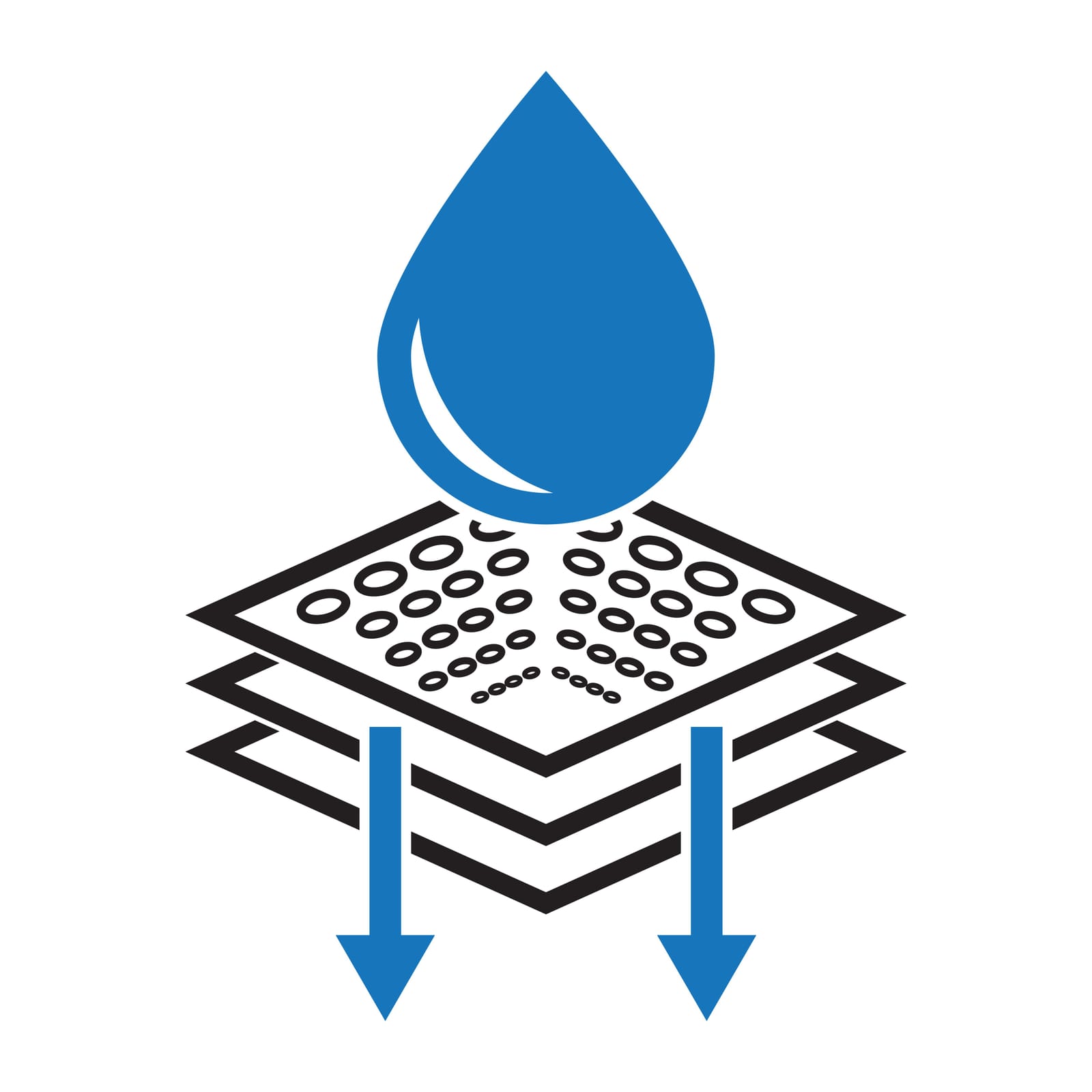Understanding pharmacokinetics is crucial, for comprehending the impact of medications, on the body and predicting their effects and possible side effects in advance. This guide will explain the fundamentals of pharmacokinetics by delving into membrane physiology and drug solubility while also discussing how these factors influence drug effectiveness.
Membrane Physiology and Drug Interaction
Pharmacokinetics deals with the idea of membranes that give cells their form and structure. They are amphipathic, in nature with both hydrophobic ( and hydrophilic (water soluble ) properties. This property is essential, for comprehending how medications interact with cells.
- Hydrophobic Substances: These substances prefer to be within the membrane.
- Hydrophilic Substances: These substances prefer to be outside the membrane, in the aqueous environment of the cytoplasm or plasma.
Receptors and Drug Interaction
Knowing the location where a drug binds plays a role, in its effectiveness and impact on the bodys receptors. For example. Receptors that protrude beyond the cell membrane suggest that water soluble substances will be located externally whereas soluble ones might pass through the membrane barrier. Understanding these details becomes significant in examining the interactions, between acids and receptors.
Types of Hormones and Their Mechanisms
Different types of hormones can be classified according to how they dissolve in substances;
Fat-Soluble Hormones
- These hormones can easily cross the membrane and typically bind to nuclear receptors.
- Examples include steroid hormones, which are derived from cholesterol.
- Upon binding, they stimulate processes like DNA replication and protein synthesis.
Water-Soluble Hormones
- These hormones cannot cross the membrane directly due to their hydrophilic nature.
- They require receptors that are distanced from the membrane and depend on a second messenger system to relay their signal inside the cell.
- Thyroid hormones are an exception, as they can bind to nuclear receptors.
Key Factors Affecting Drug Absorption

Various elements play a role, in determining how medications are absorbed and their impact, within the body.
- Concentration Gradient: The movement of drugs from areas of high concentration to low concentration is fundamental.
- Molecular Size: Larger molecules may face more resistance in crossing membranes.
- Net Charge: Charged molecules may encounter repulsive forces from the membrane.
- pH Levels: The pH can influence the charge and solubility of drugs.
- Membrane Thickness: Thicker membranes present greater barriers to drug movement.
- Surface Area: Increased surface area enhances the likelihood of drug absorption.
- Flux: The rate of particle movement over time affects absorption rates.
Understanding Drug Properties
Differentiating by solubility and other related factors categorizes medications into water soluble types. This classification results, in characteristics.
| Characteristic | Fat-Soluble Drugs | Water-Soluble Drugs |
|---|---|---|
| Half-Life | Long | Short |
| Volume of Distribution | High | Low |
| Absorption | Easy | Hard |
| Metabolism | Liver | Kidney |
| CNS Toxicity Risk | High | Low |
Clinical Implications
Knowing how drugs move through the body is crucial, for making choices in practice.
- Fat-soluble drugs are often contraindicated in populations with high fat content (e.g., elderly or obese patients) due to prolonged effects.
- Water-soluble drugs may require careful monitoring of renal function, especially in dehydrated patients.
Conclusion
To improve care in clinical practice healthcare providers can enhance their skills by mastering pharmacokinetics principles and recognizing the variances, between soluble and water soluble medications This understanding aids, in predicting drug effects interactions and side effects with greater accuracy.








